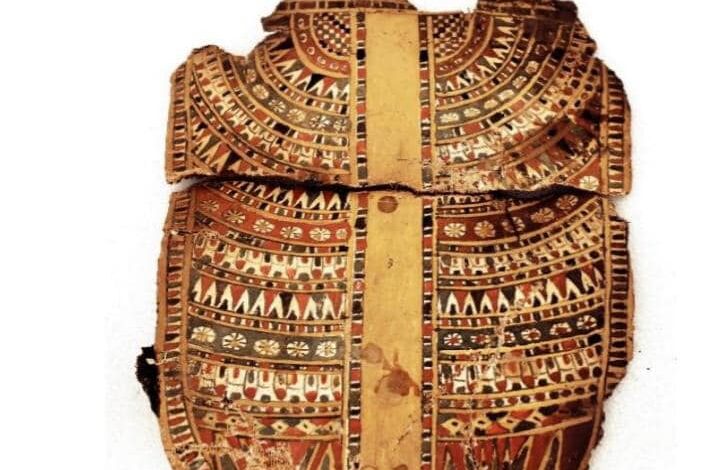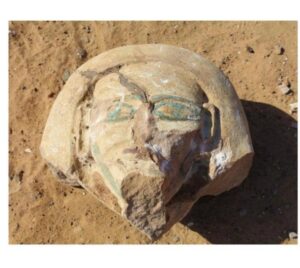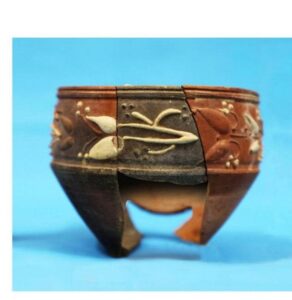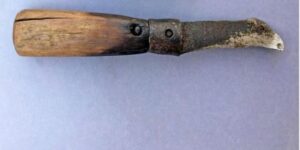
The Egyptian Italian Joint Mission in West Aswan have uncovered a new archaeological cemetery carved into rocks dating back to the Greco-Roman era.

The mission had been excavating the Aga Khan Mausoleum area, headed by Egyptologist Patrizia Piacentini from the University of Milan,
The Secretary-General of the Supreme Council of Antiquities, Mostafa Waziri in a statement on Friday explained that the cemetery consists of two parts, the first part of which is above the surface of the ground and the second carved in the rocks.

The Director General of Aswan Antiquities Abdel Moneim Saeed, head of the mission from the Egyptian side, said that the first part is a rectangular sandstone and mud brick building with the entrance to the cemetery surrounded by stone blocks covered with a mud-brick vault.

He added that the second part is carved out of rocks, and the entrance leads to a rectangular courtyard in which four burial chambers were carved wherein approximately 20 mummies were found, most of them in a good state of preservation.
Preliminary studies have indicated that this mass grave includes more than one family.

Egyptologist Piacentini added that the mission found many archaeological artifacts inside the cemetery, which date back to the Greco-Roman era, including offering tables, stone panels with texts in hieroglyphic script, and a copper necklace decorated with Greek writings.
She added that the mission also found a number of wooden statues of the Ba bird and parts of the colored plasters, and during the archaeological survey in the area, a number of coffins were found in good condition, some of them were made of pottery and others were made of sandstone.




